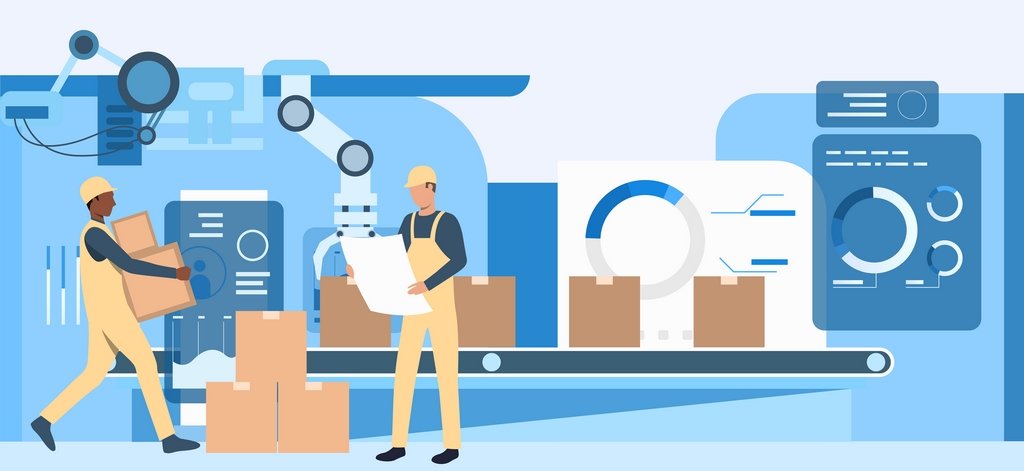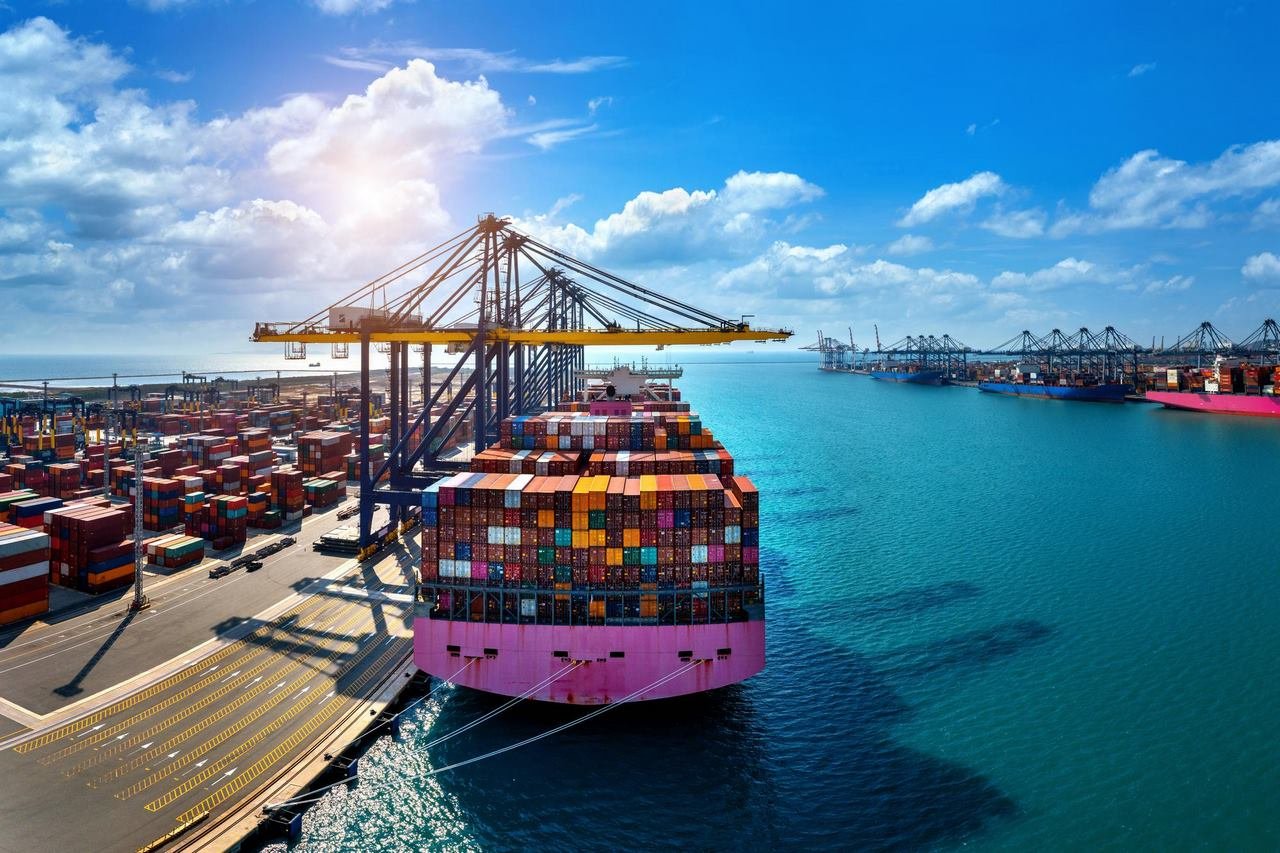In today’s volatile global economy, the ability to adapt and respond to supply chain disruptions is no longer a luxury—it’s a necessity. For companies involved in the trading of industrial metals, building a robust and resilient supply chain is key to sustaining growth and navigating risk. At the forefront of this movement is Steelbridge Export, a name synonymous with reliable raw material trading services and forward-thinking supply strategies.
Why Supply Chain Resilience is Critical in Metal Trading
As metal markets face increasing geopolitical pressures, price fluctuations, and environmental regulations, having a flexible, well-integrated approach—like the epcf model—can make the difference between profitability and loss. Let’s explore why supply chain resilience matters so much in the global trade of industrial metals, and how the epcf model is reshaping the future of raw material trading services.
The Changing Landscape of Global Metal Trading
Industrial metals—like copper, aluminum, steel, and nickel—are foundational to infrastructure, clean energy, automotive manufacturing, and countless other industries. However, the traditional supply chain models have proven fragile in the face of:
Trade wars
Port congestion
Pandemic-induced shutdowns
Shipping container shortages
Geopolitical instability in metal-rich regions
Companies that relied solely on just-in-time models without diversified sourcing or logistical backup plans have struggled. This is where the concept of supply chain resilience enters the spotlight.
What Is Supply Chain Resilience?
Supply chain resilience refers to the ability of a supply network to anticipate, prepare for, respond to, and recover from disruptions. For raw material trading services, resilience means being able to:
Source from multiple suppliers and regions
Adapt to changes in shipping regulations or fuel prices
Maintain buffer stock and inventory transparency
Shift logistics routes or partners quickly
Ensure consistent quality and compliance in international shipments
For metal traders like Steelbridge Export, resilience is more than a strategy—it’s a competitive advantage.
Enter the EPCF Model: A New Paradigm in Metal Supply Chains
One of the most effective frameworks for enhancing supply chain resilience in the metal trading sector is the epcf model—Engineering, Procurement, Construction, and Financing. Originally popular in large-scale infrastructure and energy projects, EPCF solutions are now gaining traction in metal trading due to their integrated, turnkey approach.
Here’s how each component of the epcf model enhances supply chain resilience:
Engineering: Anticipating demand through data, forecasting, and intelligent supply planning
Procurement: Multi-source procurement reduces dependence on a single supplier or country
Construction: Infrastructure for warehousing, processing, or regional hubs to minimize transit time
Financing: Structured trade finance and risk management allow better cash flow during disruptions
Steelbridge Export is among the few companies pioneering this epcf model in raw material trading services, bringing a powerful mix of agility and financial strength to the global metal markets.
Why Metal Traders Can’t Afford Supply Chain Weakness
A broken supply chain can lead to delays in project timelines, cost overruns, lost business, and even reputational damage. In international trade of industrial metals, a delay of even a week can impact construction schedules, factory outputs, or energy installations.
Resilient raw material trading services help avoid:
Shortages in fast-moving metals like aluminum or copper
Compliance issues in customs clearance or environmental regulations
Financial losses due to volatile prices
Contract breaches with end clients
With the epcf model, many of these risks can be pre-managed through strategic planning and aligned partnerships across the supply chain.
more: How to Clear Customs for Industrial Goods: A Practical Guide
Building Redundancy Into Sourcing: The Smart Way
One of the key strategies used in resilient supply chains is supplier redundancy—sourcing the same metal from multiple vendors or regions. For example, Steelbridge Export sources industrial steel from both Asia and the Middle East, ensuring that political unrest or shipping delays in one region don’t cripple delivery timelines.
This redundancy is carefully built into their epcf model, where supplier relationships, pricing models, and even shipping routes are engineered to support continuity and flexibility.
Smart Logistics: The Backbone of Resilient Trade
In the context of metal trading, logistics is not just about transportation—it’s about synchronization. From port selection and customs clearance to warehouse management and inland distribution, every link in the chain matters.
A company using raw material trading services through an epcf model ensures:
Dedicated logistics teams manage customs, warehousing, and transport
Predictive analytics are used to optimize routes and reduce lead time
Alternative shipping modes (rail, sea, air) are planned in advance
Smart contracts and tracking tech keep stakeholders informed
Steelbridge Export’s logistics arm is built around these principles, offering unparalleled transparency and reliability to its partners.
Financing & Insurance: The Often-Ignored Element of Resilience
Cash flow delays due to late shipments or political embargoes can cripple smaller trading companies. The epcf model includes structured trade finance as a critical pillar—making it easier to secure working capital, protect transactions with insurance, and plan long-term projects.
Raw material trading services embedded in an epcf model help companies access:
Export credit guarantees
Political risk insurance
Structured loans for buyers
Forward contracts for price stability

EPCF in Developing Economies: A Game Changer
Many industrial metal consumers are located in emerging economies where logistics, infrastructure, and financing systems may be underdeveloped. The epcf model provides a turnkey solution—combining material supply, infrastructure development, and financing into one integrated package.
Steelbridge Export, for instance, uses this approach in countries across Africa, Southeast Asia, and the Middle East—aligning with local governments, development banks, and private sector partners.
Digital Transformation and the EPCF Model
Digitalization also plays a key role in strengthening the epcf model. Blockchain-based supply chains, digital customs documentation, and AI-driven demand forecasting are helping raw material trading services become more agile and predictive.
Tools like digital twins, IoT-enabled inventory systems, and smart contracts further reduce risks and enhance traceability—building customer trust and regulatory compliance into the system.
Case Study: Resilience During Global Disruption
During the COVID-19 pandemic and post-lockdown supply crunch, many metal traders were caught off guard. However, companies using epcf model structures, like Steelbridge Export, managed to shift sourcing, re-route shipments, and ensure continuity—thanks to their integrated approach and supply chain redundancy.
Their ability to offer comprehensive raw material trading services during one of the most challenging periods in recent history demonstrates how resilient systems are not just beneficial—they’re essential.
Conclusion: Future-Proofing the Metal Trade
The global metal trading industry is evolving. Uncertainty is the new norm, and resilience is the new competitive edge. Whether it’s through smarter logistics, diversified sourcing, advanced financing, or digital integration, the epcf model is proving itself as the future of raw material trading services.
As a pioneer in this field, Steelbridge Export is not just navigating change—it’s shaping it. For importers, developers, manufacturers, and governments looking for a reliable partner in metal sourcing and trading, aligning with a company that operates under the epcf model is not just a smart move—it’s a strategic one.
To learn more about forward-thinking solutions in supply chain resilience and the epcf model, visit epcpower.
FAQs: Supply Chain Resilience & the EPCF Model in Industrial Metal Trading
- 1. What is supply chain resilience in the context of industrial metal trading?
Supply chain resilience refers to the ability of metal trading companies to anticipate, adapt to, and recover from disruptions—such as geopolitical conflicts, port congestion, or price volatility—while maintaining operational continuity. It includes diversified sourcing, logistics flexibility, inventory transparency, and robust risk management strategies. - 2. How does the EPCF model improve supply chain resilience in raw material trading?
The EPCF (Engineering, Procurement, Construction, and Financing) model enhances resilience by integrating strategic planning with financial and logistical execution. Engineering ensures demand forecasting, procurement diversifies supply sources, construction supports infrastructure readiness, and financing mitigates capital flow risks—creating a flexible and adaptive supply chain. - 3. Why is supplier redundancy important for companies trading industrial metals?
Supplier redundancy helps prevent delays and losses during regional disruptions by sourcing materials—like copper, aluminum, or steel—from multiple vendors or geographies. This ensures continuous supply and minimizes the risk of project halts, especially in volatile markets. Companies like Steelbridge Export use this strategy to maintain delivery stability. - 4. What role does digital transformation play in modern raw material trading services?
Digital tools such as AI forecasting, blockchain tracking, smart contracts, and IoT-based inventory systems enhance visibility, traceability, and decision-making across the supply chain. These technologies, embedded in the EPCF model, help companies like Steelbridge Export respond faster to disruptions and improve regulatory compliance. - 5. How does the EPCF model benefit industrial projects in developing economies?
In developing regions, where infrastructure and financing options may be limited, the EPCF model provides a turnkey solution. It combines raw material supply, construction services, and structured finance under one integrated framework. This approach supports faster industrial development and enables access to metals with reduced risk.










1 Comment
[…] more: Why Supply Chain Resilience is Critical in Metal Trading […]